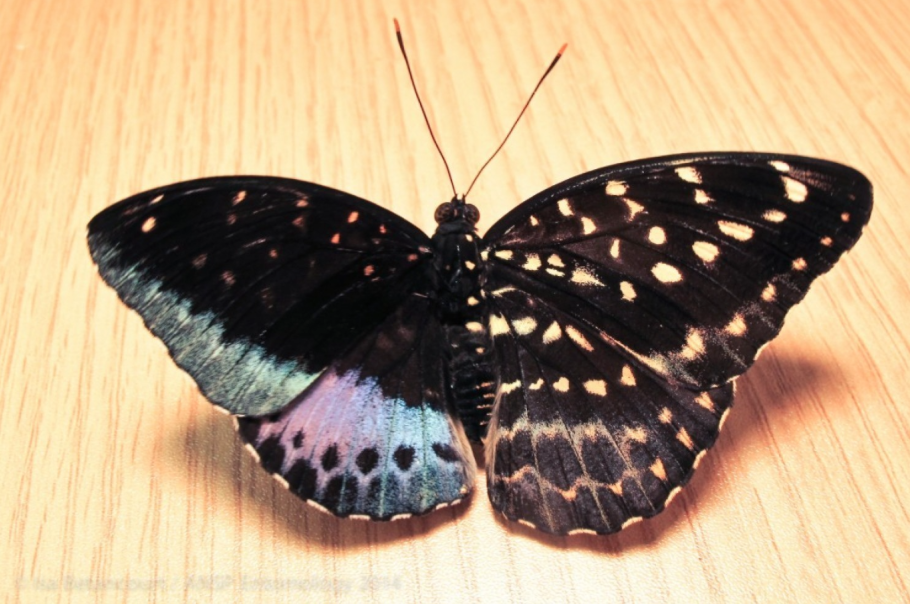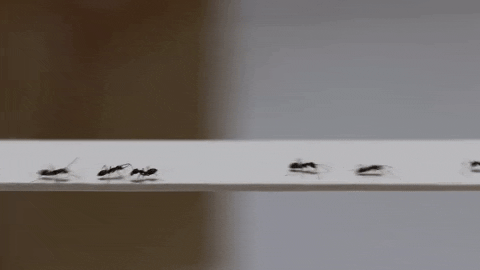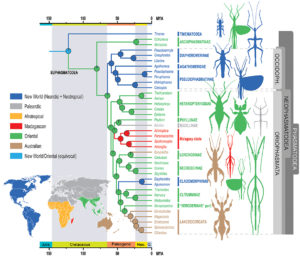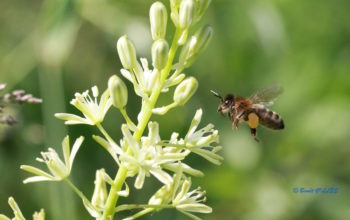At the Academy of Natural Sciences of the University of Drexel (Philadelphia, Pennsylvania), a strange butterfly of the species Lexias pardalis emerged from its chrysalis. This butterfly presents a rare and incredible characteristic: gynandromorphism (see photo).
A gynandromorph insect consists of both female and male cells, an abnormality that occurs early in embryonic development when the sex chromosomes of one of the first cells do not divide normally during division. Thus, a cell bearing the sex chromosomes XXYY, instead of dividing into two male XY cells, divides into an X cell (female) and an XYY cell (male).
caption id=”attachment_1607″ align=”alignright” width=”300″] Gynandromorph butterfly of the species Lexias pardalis (Source photo : Isa Betancourt/ANSP)[/caption]
Gynandromorph butterfly of the species Lexias pardalis (Source photo : Isa Betancourt/ANSP)[/caption]
In butterflies, a very strong sexual dimorphism (difference in size and color between the two sexes) exists. Sometimes these cells are mixed together (“mosaic” distribution), so the phenotypic (morphological) differences are not visible. In other, rarer cases, the distribution follows a central axis (gynandromorphism “bilateral”) which causes the emergence of an asymmetrical butterfly which presents on one side the coloration and size of a male butterfly and on the other side, the female characteristics (see photo).
It is this second case which occurred in this specimen of the species Lexias paradalis (of the family Nymphalidae), originating from a breeding of the island of Penang in South Asia. The phenomenon is all the more impressive here as the sexual dimorphism of this species is particularly important.
Source : The Academy of Natural Sciences of Drexel University – Unusual Butterfly makes rare appearance – Philadelphia, 7 January 2015 (link to article ici)





